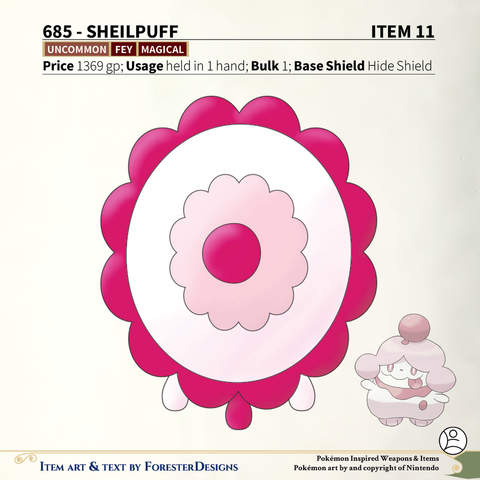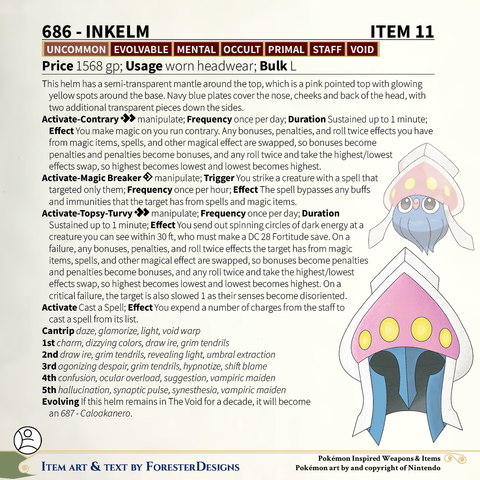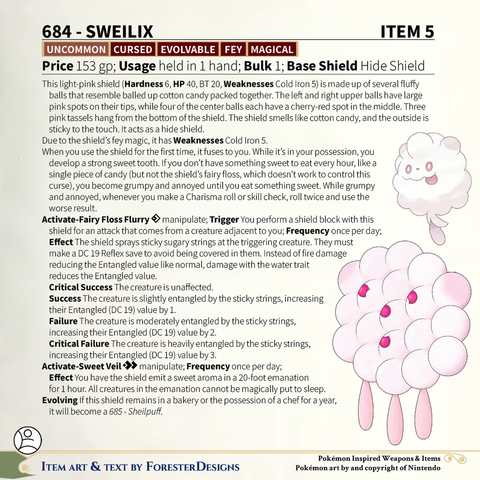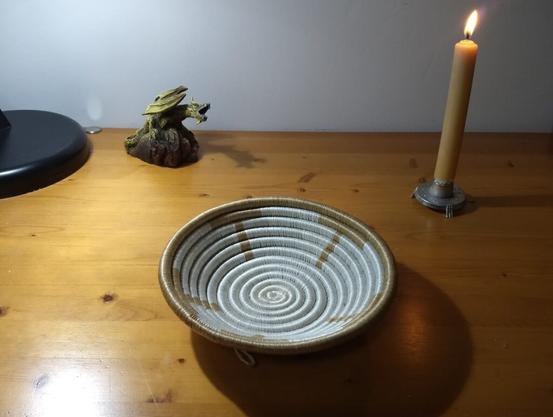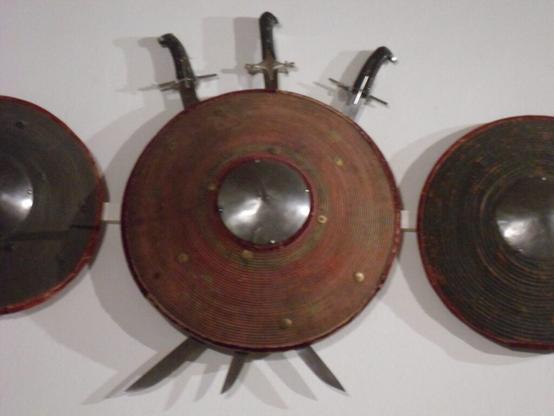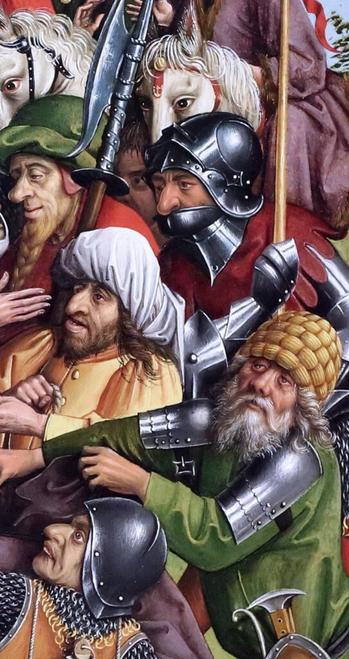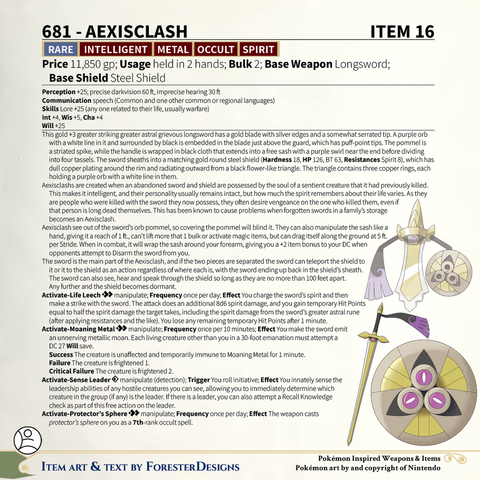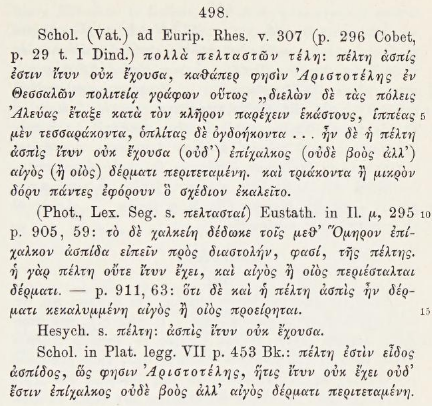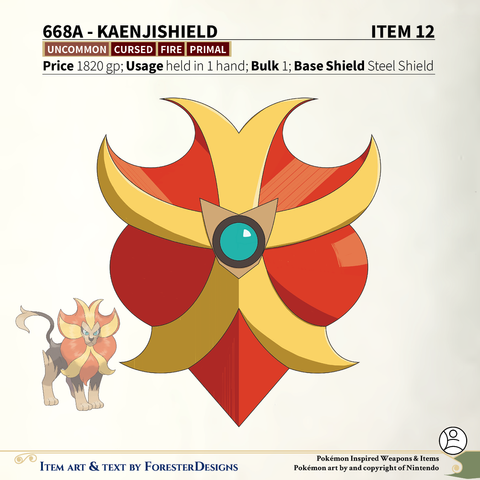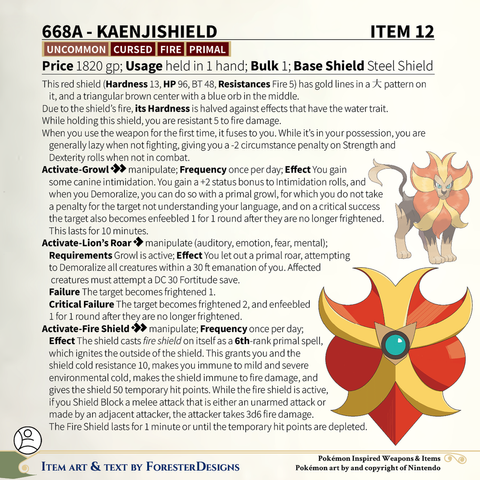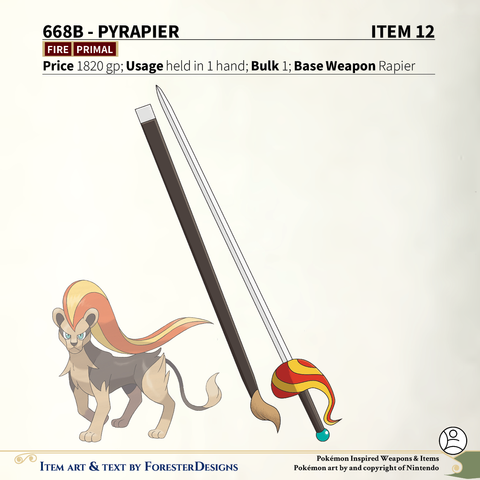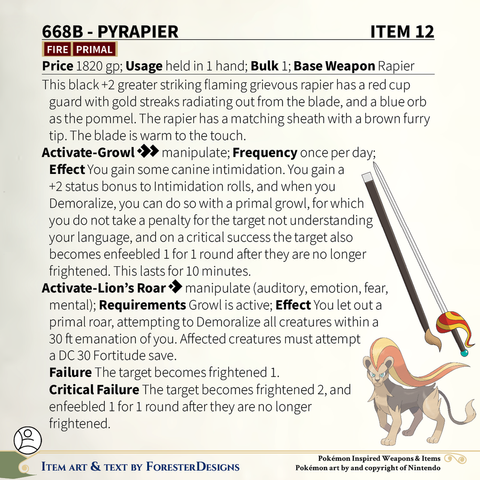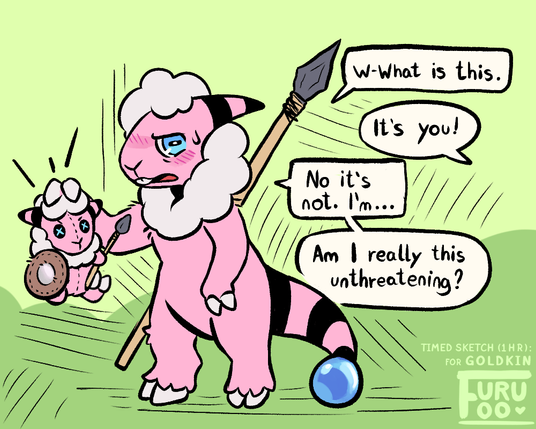Coiled Shields and Helmets
A little bowl like this was all my budget could afford, but its still handy for holding my sewing things!
One weekend in May 2023 I did two things on a weekend which involved spending several hours away from home doing things with people I did not know in 2013 other than the day job (!). When I was passing through downtown Victoria I stopped at a stall run by Journey House Actions, a Rwandan charity. They sell bowls, baskets, and jars of coiled grass ropes laced with dyed sisal fibres. As I worked my way through them, I was struck how much they were like the Turkish shields in Schloss Ambras.
A Turkish target and three Turkish scimitars from the late sixteenth or early seventeenth century in the second armoury, Schloss Ambras. Photo by Sean Manning, October 2015.
If you fitted a bowl like this with a handgrip, I think it would make a perfectly fine buckler or target. The bowls on display were up to 40 or 50 cm wide, and can easily be made domed. A hard thrust to the center might pierce it, but that just teaches you to parry with the shield not use it as a barrier (and the attacker’s weapon might get stuck rather than penetrating). A warrior with a little money could easily add a flat plate of steel or bronze over the handgrip for extra protection at the most vulnerable spot.
Archaeologists have found a shield at a West Slavic site of Lenzen Castle in Brandenburg, Germany. It consists of a two-ply wooden board surrounded by a coiled grass rope which is laced through holes in the rim of the wood with plant fibre, perhaps willow bark. (For more information, check my forthcoming article in the Journal of Roman Military Equipment Studies).
?Thracians? with coiled shields on the East Stairs of the Apadana, Persepolis care of
livius.org under a
CC0 1.0 Universal license
(A picture of a guard at Persepolis with a big coiled shield and a hood should go here if I could find it – ed.)
A group of Western European paintings from the 14th and 15th century show poor soldiers with helmets made in this way. The best known are a series on the Passion of Christ by the Master of the Karlsruhe Passion from around the year 1450. Two of these are still in the Metropolitan Museum of Art in New York City, accession numbers 14.25.609 and 14.25.608 (although they come from the art market so their history before the Met acquired them in 1913 is unknown). Needless to say, these cheap and low-status helmets are much rarer in collections today than steel helmets.
Detail of “The Disrobing of Christ”, from the Karlsruhe Passion, c. 1440 c/o
https://commons.wikimedia.org/wiki/File:Master_of_the_Karlsruhe_Passion_-_Disrobing_of_Christ.jpegMy research focuses on wooden shields, because wooden shields seem to have been generally considered the best in Europe (with steel and bronze shields close behind). Wicker, coiled, and all-hide shields fell out of use long before wooden shields. However, coiled or wicker shields were used in the ancient world in Europe and West Asia. Our vision of the ancient world emphasizes the richest tenth of the population because they had almost all the worked stone and metal goods, wrote the literature, and commissioned the art and the spectacular tombs.
Edit: Don’t forget this “Fighting helmet or turban of plantain fibre” from Cameroon, Africa, Object Number 22-2-50/B3597 https://collections.peabody.harvard.edu/objects/115474/ Herodotus and possibly some texts from Hatti or Nuzi mention plaited helmets. Ethnographic museums can be good places to look for things that were common in the ancient world but rarely survive in the ground.
Edit: since I drafted this, Dan D’Silva posted about the round shield he made from a wicker charger https://xerxesmillion.blogspot.com/2023/03/making-round-pelta-from-wicker-charger.html Check it out!
Edit: SalahsArchery in Turkey is selling small numbers of replica kalkan shields https://www.etsy.com/shop/SalahsArchery
Edit 2024-05-18: From John Ma: a 6th century BCE shipwreck off Catalonia contained a bronze helmet with a coiled grass basket for a liner. Carmen Alfaro, in J. Ortiz, Carmen Alfaro, L. Turell, MJ Martínez, eds., Purpureae Vestes V: Basketry and Dyes in the Ancient Mediterranean World, pp. 183-195, 2016
The warriors in this Timurid manuscript carry coiled shields with central bosses. While they illustrate Chinese and Mongols, they are armed in the Iranian and not the Turanish fashion with swords, horse-armour, and lamellar cuirasses. British Library, manuscript Or. 2780, f.49v (Iran, completed in 1397/1398) c/o
Wikimedia Commons Edit 2025-06-17: check out this Persian painting with the coiled pattern on the shield!
Help keep me in mad money for fairs and markets with a modest donation on Patreon or elsewhere
(scheduled 29 May 2023)
#ancient #juteBowl #materialCulture #medieval #modern #shield
